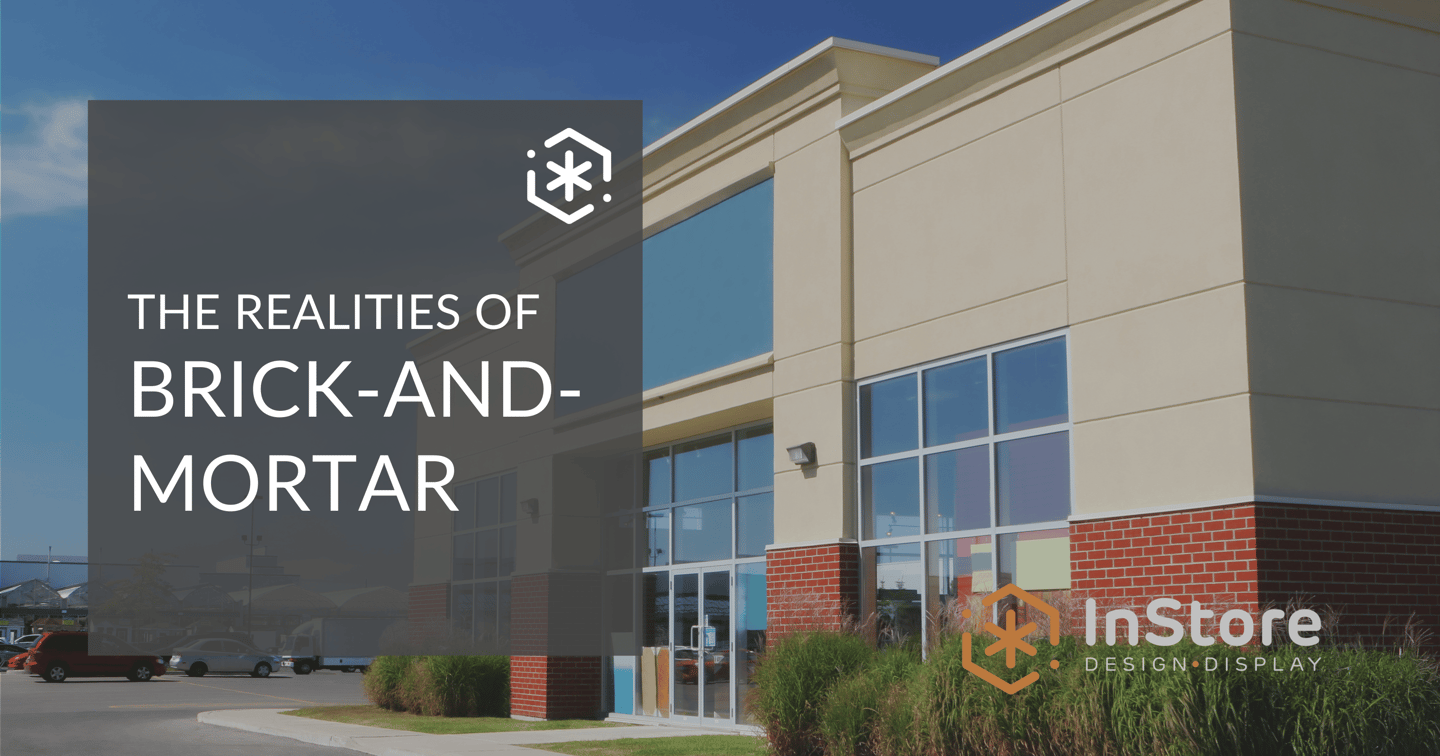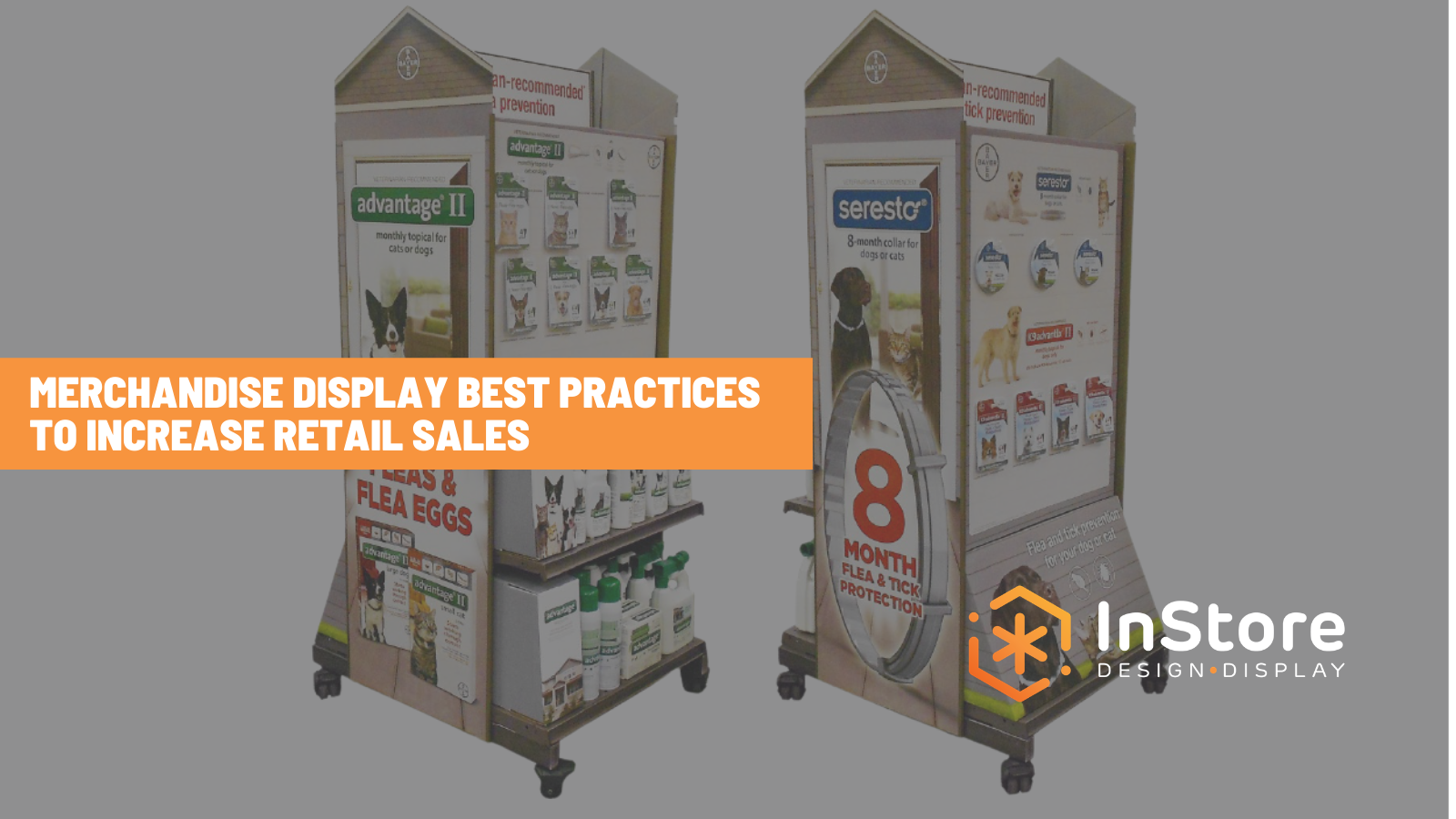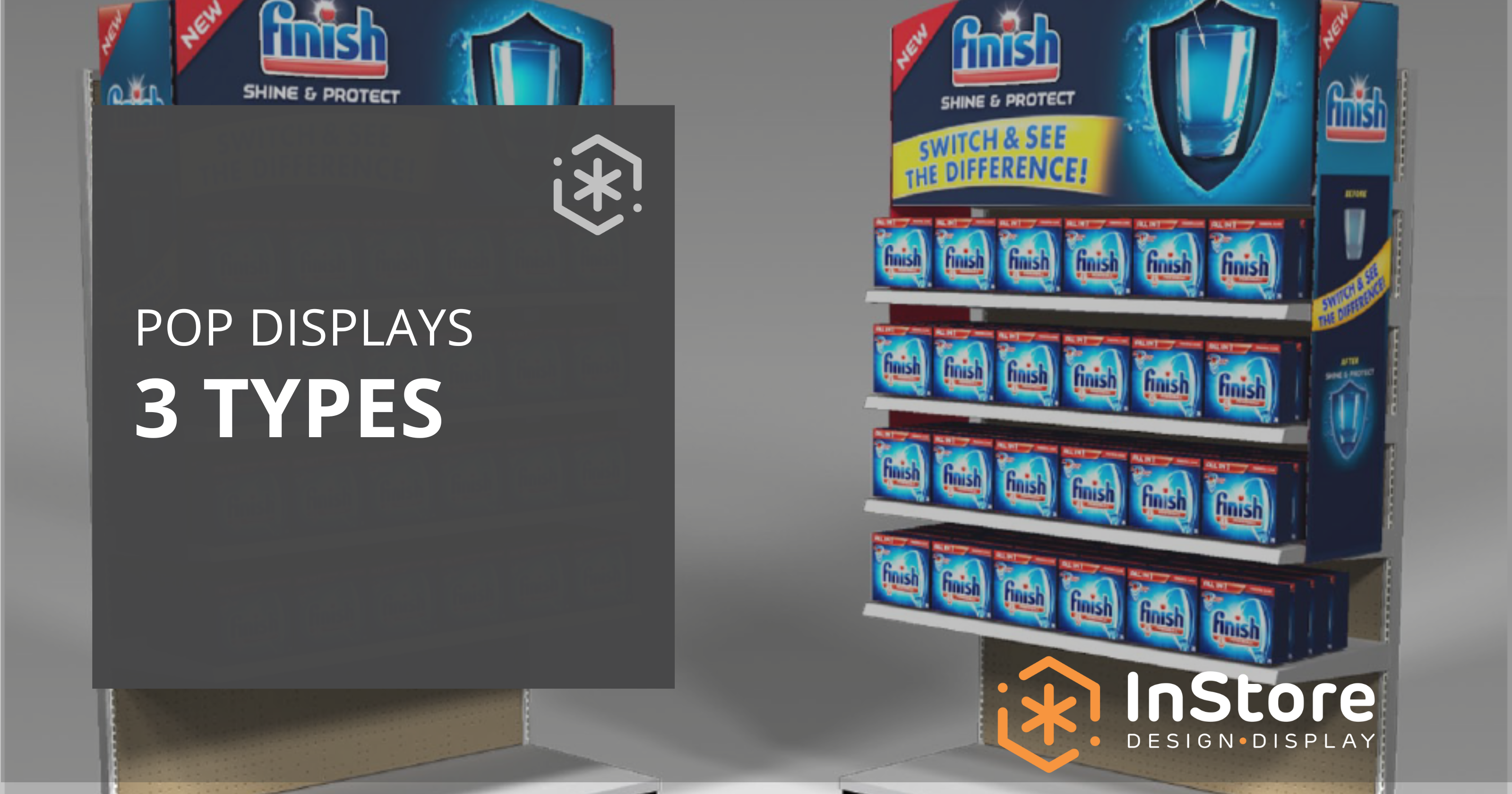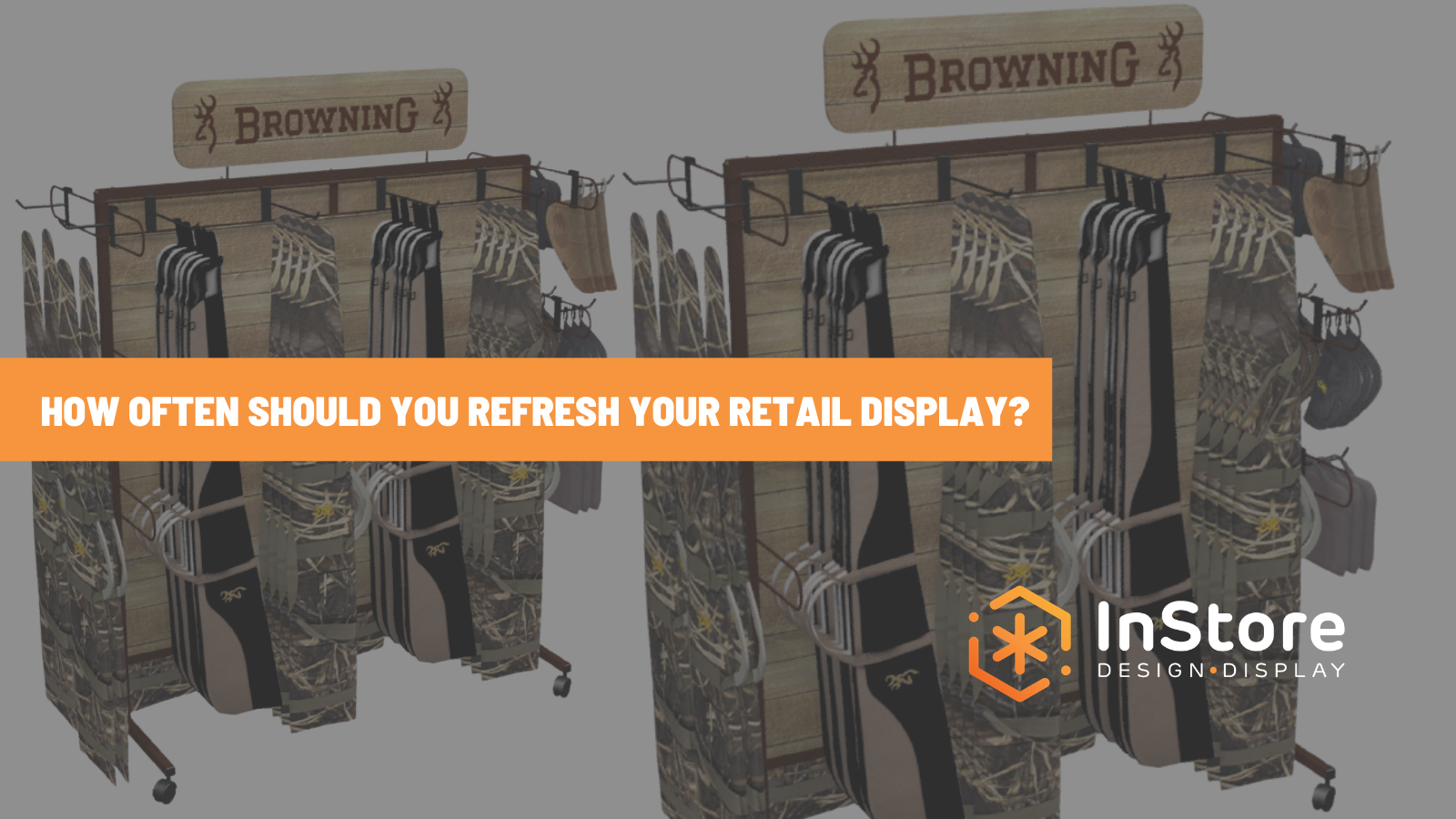
What Does It Mean to Be a Brick-and-Mortar Store?
When online shopping first broke into the retail industry, retailers needed a way to distinguish between these new digital shops and their physical locations. That’s how the phrase “brick-and-mortar” came to mean a traditional business or retail outlet with at least one physical location in the community.
Examples of brick-and-mortar businesses include Target, Dick’s Sporting Goods, and Trader Joe's. Although most of today’s brick-and-mortar businesses also have a virtual presence where shoppers can browse, buy, and return products, brick-and-mortar sales grew faster than digital sales in 2021. Even Amazon, one of the largest and most well-known digital retailers, still maintains brick-and-mortar infrastructure in the form of both permanent storefronts and temporary pop-up stores.
Why Do Brick-And-Mortar Stores Continue to Thrive?
Unlike virtual businesses, which give customers the ability to self-serve without needing to interact with a sales representative, brick-and-mortar stores provide an engaging in-person experience that digital channels will always lack.
By giving consumers the opportunity to actually touch and feel your products, interact with your product displays, and have face-to-face conversations with your salespeople, you offer an enhanced customer experience. Offering this same type of convenience and immediate, one-to-one engagement would be much more difficult through online-only stores.
The types of in-store display designs you use—as well as the layout and atmosphere of your retail location—can give your brand a key competitive advantage. Effective retail displays can encourage impulse buys, emphasize sales and promotions, and provide consumers with an on-brand experience that stops them in their tracks. During periods of heavy foot traffic, as during the winter holidays, this sense of urgency felt in response to certain displays, layouts, and designs is heightened.
Brick-and-mortar stores are still successful in the digital age because not every business can go entirely virtual. Grocery stores, for example, shoppers still prefer to examine the products for freshness and quality before making purchases.
In industries such as clothing or cosmetics, consumers often prefer to check out the products in-store before buying them online. This process is known as “showrooming.” Some consumers prefer the opposite—browsing online and buying in-store—to avoid delivery fees or potential security breaches. Many retailers who understand this variance in consumer shopping preferences have learned to offer a seamless omnichannel experience to support different customer journeys.
The Primary Challenge Faced by Brick-and-Mortar Retail
Despite these benefits for both sales and customer experiences, brick-and-mortar retail still face a major challenge: Cost.
Unlike online retailers, brick-and-mortar retailers face expenses related to rent, utilities, building maintenance, theft, and other operational costs. Physical locations may also come with certain restrictions, impeding retailers’ ability to alter their storefronts, show new displays, change the store layout, and keep up with evolving consumer expectations. And brands that want to be displayed in-store must invest in ways to stand out.
However, the costs associated with operating a brick-and-mortar business can be worth it if you can offer an engaging in-store experience that drives sales. As online sales continue to rise, improving display designs, store layouts, and customer service must become a top priority for brick-and-mortar retailers.
Today’s Successful Brick-and-Mortar Stores are Experiential
Ecommerce has changed the face of brick-and-mortar retail. Although the benefits can still outweigh the potential costs, brick-and-mortar businesses need to be careful and strategic about the way they approach decor, merchandising, and customer service within the retail environment.
Succeeding in a brick-and-mortar store will require retailers and brands to pay close attention to the types of displays and experiences they offer. Everything from the colors used in the design to the flow of traffic patterns throughout the store can have an impact on sales.
Brick-and-mortar displays need to be on-brand, versatile, and engaging. They need to maintain cohesion with digital channels and offer “Instagrammable” moments for consumers. These kinds of impactful sensory experiences are what keep consumers coming back—instead of opting for the quicker, easier online option.
The team at InStore Design Display understands the ins and outs of the retail environment, from the unique logistical challenges associated with brick-and-mortar locations to the need for brand consistency across both physical and digital channels. We’ll work with you to design and develop displays for brick-and-mortar retail that tell your brand story and, ultimately, drive sales.
Looking for inspiration for your next display? Browse our past work on temporary, semi-permanent, and permanent displays, as well as full retail layouts for ideas.
If you have a brick-and-mortar display idea in mind and want to see it come to life, you’ve come to the right place. Request a consultation, and we'll get started.
Download the guide: The Future of Brick-and-Mortar: Immersive Retail Environments
Subscribe Here
Stay up-to-date on what's happening on our podcast and blog.


